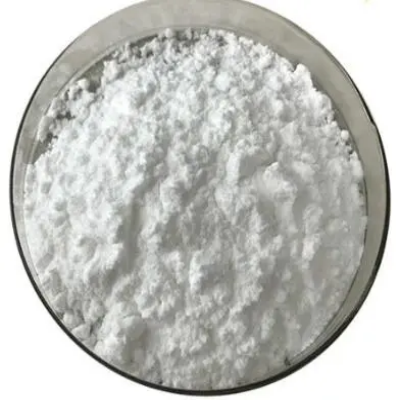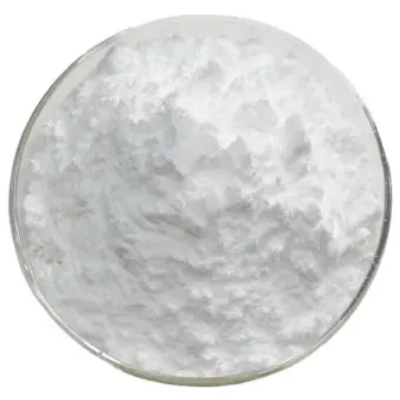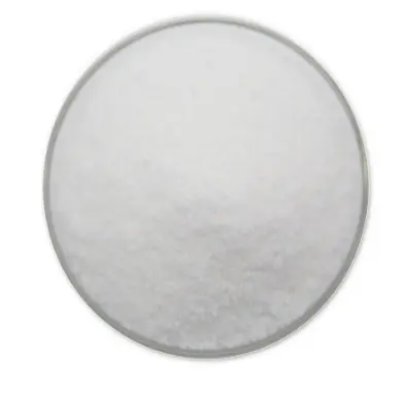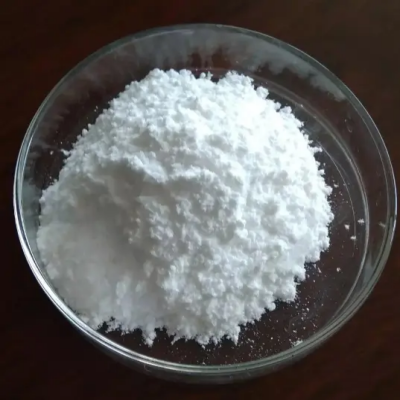-

5-Oxa-2-octyne-1,7-diol(BMP) CAS:1606-79-7
BMP, or 5-Oxa-2-Octyne-1,7-Diol, is a chemical compound featuring a unique structure with an alkyne and a diol functional group. It serves as a versatile chemical intermediate in various industrial processes and formulations.
-

PAP CAS:3973-17-9
PAP, or Phenylacetone, is a chemical compound consisting of a phenyl group attached to an acetone moiety. It serves as a versatile organic compound with various industrial applications.
-

2-(2-propynyloxy)Ethanol(PME) CAS:3973-18-0
PME, or 2-(2-Propynyloxy)Ethanol, is a chemical compound featuring a propynyl ether functional group. It serves as a versatile compound with various industrial applications.
-

1-Diethylamino-2-propyne(DEP)CAS:4079-68-9
DEP, or 1-Diethylamino-2-Propyne, is a chemical compound featuring a propyne moiety with a diethylamino group attached. It serves as a versatile chemical intermediate in various industrial processes and formulations.
-

N,N-Diethyl-2-propyneammonium sulfate(TC-DEP) CAS:84779-61-3
TC-DEP, or N,N-Diethyl-2-Propyneammonium Sulfate, is a chemical compound comprising a propyneammonium moiety with diethyl groups attached, bonded to a sulfate ion. It serves as a versatile chemical intermediate in various industrial processes and formulations.
-

3-Prop-2-ynoxypropane-1,2-diol(POPDH)CAS:13580-38-6
3-Prop-2-ynoxypropane-1,2-diol (POPDH) is an organic compound featuring a propynoxy group attached to a propane-1,2-diol backbone. It is valued for its unique chemical properties, particularly in applications requiring specific reactivity and functional group compatibility.
-

Palladium CAS:7440-5-3
Palladium is a chemical element with the symbol Pd and atomic number 46. It is a rare and lustrous silvery-white metal belonging to the platinum group of elements. Palladium has significant applications in various industries due to its unique properties.
-

PAE CAS:109-56-8
PAE, or Polyamide Epoxy, is a type of resinous material formed from the condensation reaction of polyamines with epoxide compounds. It exhibits excellent adhesion, chemical resistance, and mechanical properties, making it suitable for various industrial applications.
-

3-N,N-Diethylamino-1-propyne formate(PABS) CAS:125678-52-6
PABS, or 3-N,N-Diethylamino-1-Propyne Formate, is a chemical compound characterized by a propyne moiety with a diethylamino group and a formate ester. It serves as a versatile chemical intermediate in various industrial processes and formulations.
-

PPSOH(固体) CAS:3918-73-8
PPSOH, or polyphenylene sulfide oxide, is a solid material known for its exceptional thermal and chemical resistance. With a molecular structure combining the properties of polyphenylene sulfide (PPS) and oxide groups, PPSOH exhibits excellent stability and durability in harsh environments.
-

Polyquaternium-2(WT) CAS:68555-36-2
WT, or Polyquaternium-2, is a cationic polymer with excellent film-forming and conditioning properties. It is commonly utilized in personal care products, such as shampoos, conditioners, and styling agents, for its ability to impart smoothness and manageability to hair and skin.
-

N,N,N’,N’-Tetrakis(2-hydroxypropyl)ethylenediamine(Q75)(EDTP)CAS:102-60-3
Q75, or EDTP, is a tetrafunctional compound featuring four 2-hydroxypropyl groups attached to an ethylenediamine backbone. It serves primarily as a complexing agent in metal coordination chemistry and finds widespread use in industrial processes requiring controlled chelation reactions.

